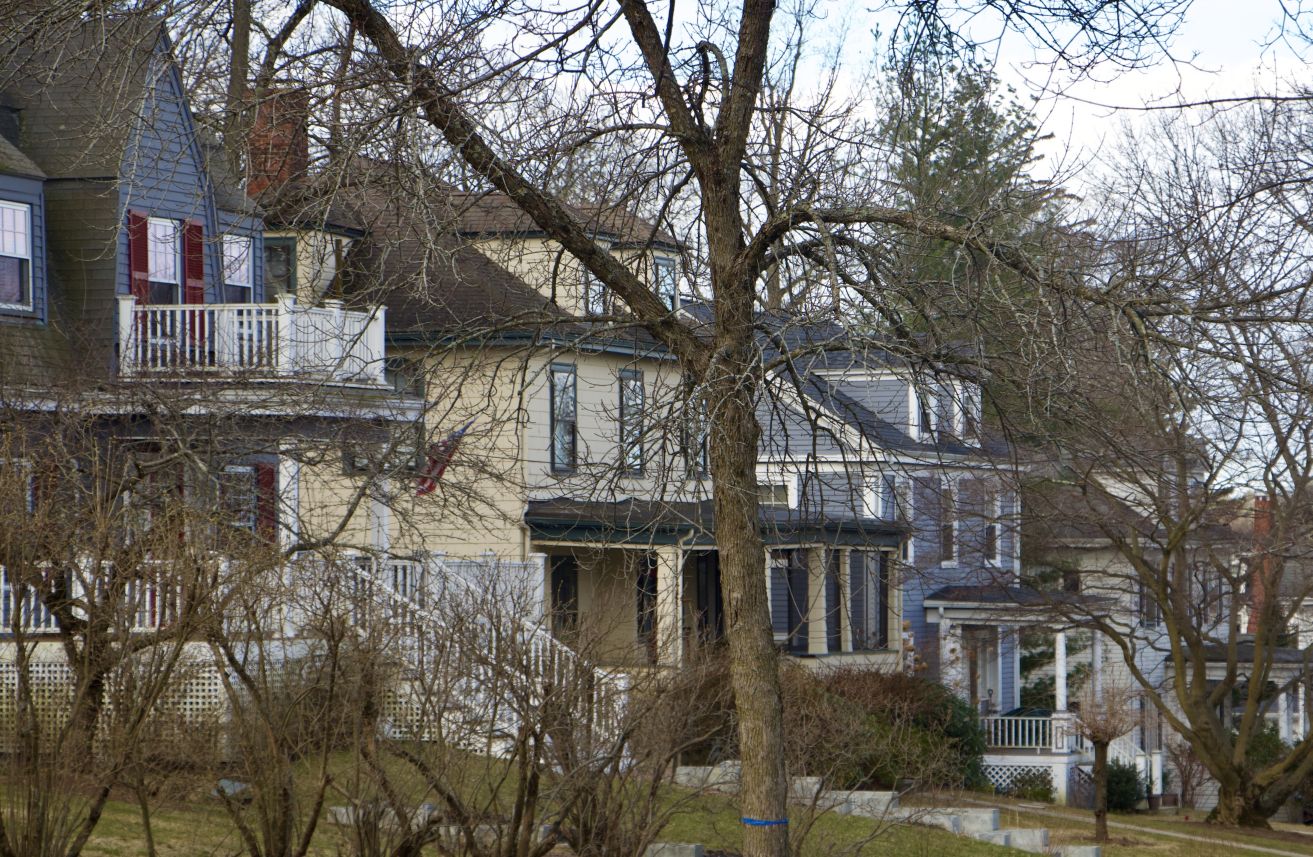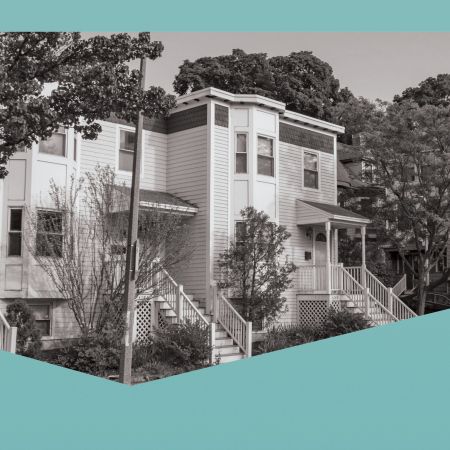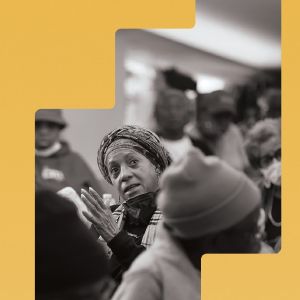Race and Class Zoning in Newton

By Alyssa Haywoode
When Amy Dain began exploring the history of zoning in Greater Boston, she found evidence of widespread exclusionary zoning, policies that largely resulted in segregation by race and class.
Dain dug deeper with a key question in mind: Was this exclusionary zoning motivated by class elitism and racism, or were these outcomes an unintended side effect?
Her answer: there was “strong evidence that zoning has been used, across many decades and suburbs, for the purpose of segregating by race and class,” as she explains in her report — Exclusionary by Design: An Investigation of Zoning’s Use as a Tool of Race, Class, and Family Exclusion in Boston’s Suburbs, 1920 to Today — which was recently released by Boston Indicators.
One historic home of zoning debates that Dain points to throughout the report, is Newton, Mass., where residents have spent more than 100 years fighting over whether to favor single-family homes or allow more affordable multifamily units.
In the 1920s, inclusive zoning scored a victory, when Newton Mayor Edwin Childs overcame the objections of the Board of Aldermen and successfully advocated for zoning that allowed for both one-family and two-family homes. It was a short-lived success that was undermined when the Massachusetts Supreme Judicial Court ruled that there was no need to zone for two-family homes, because thrifty wage earners could afford to buy modest single-family homes.
In the 1950s, 500 Newton residents took an exclusionary stand, opposing zoning for apartments, saying such a policy would lower their property values. More than a decade later however, between 1964 and 1968, Newton did allow zoning for more than 1,300 apartments and townhouses. At the time, this was seen as a way to raise tax revenues, regardless of exclusionary pressures.
In 1968, there was another stand for inclusion. The Newton Community Development Foundation (NCDF), an interfaith group, came up “with a plan to develop mixed-income housing scattered across 10 sites” that would create 500 units of housing for low-income people who lived or worked in Newton. Opponents of the plan said most Newton residents earned too much to qualify for the proposed housing, which would open the door for Black families to move in from Boston. The opponents denied charges of racism, saying their true concerns were about the risks of increased traffic, overwhelmed schools, and the possibilities of flooding – arguments still being made against housing today. After a long, drawn-out process, NCDF only developed one of the 10 proposed sites, and Newton developed a second site, creating senior housing.
That same year in a Planning Department report, city officials cited their own concerns about the damage of what Dain calls “racist zoning,” explaining that a “not often openly articulated” concern is that opening “a community’s low-income housing developments to other than local residents signals a major influx of black families fleeing the oppressive conditions of the core city ghettos. Those who would seek defeat of any low, or even moderate-income housing proposal, have often used this device surreptitiously with great success.”
Today, Newton’s history of exclusionary zoning can be seen in its current demographics. Only 3.5% of residents are Black, compared to 7% of Massachusetts residents. And in the first three quarters of 2023, the median sale price of homes was $1.7 million, beyond the reach of many Black and White homebuyers.
Newton has made some progress by approving a plan that zones for an additional 8,745 units that puts the city in compliance with the state’s MBTA Communities law, which requires cities and towns that are close to commuter rail stops to “have at least one zoning district of reasonable size in which multi-family housing is permitted.”
But according to The Boston Globe, this plan is “a serious retreat from a more ambitious plan that would have allowed multifamily housing in all 13 [of Newton’s] village centers,” because of “mounting pressure from resident groups that opposed the rezoning effort.”
Newton Mayor Ruthanne Fuller says the city’s MBTA Communities plan will make it “more possible” to build additional affordable and market rate housing. But given its history, the question remains whether Newton’s zoning policies can make the city significantly more inclusive.




